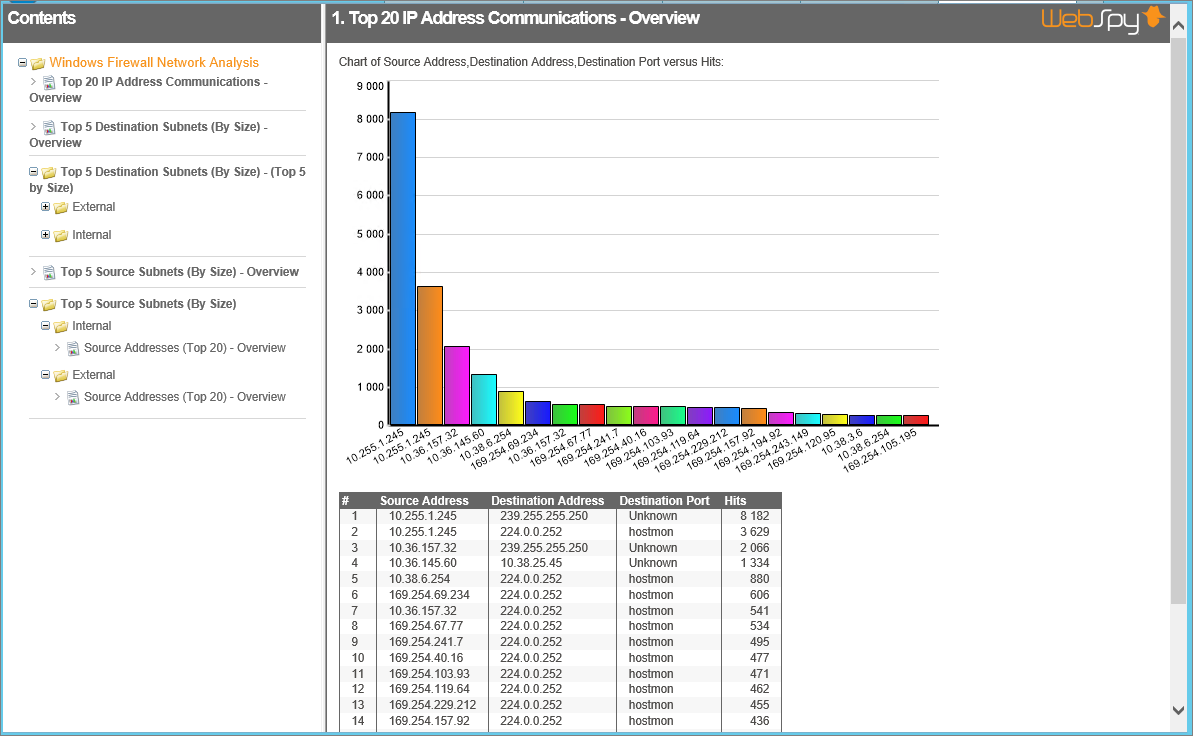Pix Firewall Log File
9-4: Analyzing Firewall Logs The most important thing you can do with a firewall is collect and analyze its Syslog information. Best File Conversion Software. Firewall logs should be inspected on a regular basis. Always make sure the Syslog collector or server is configured to archive older information and that disk space is not completely consumed. The Syslog collector or server should be sized according to the following parameters: • The number of firewalls and other network devices sending Syslog messages to the Syslog server • The number of Syslog events per second (usually called EPS) generated by all devices • How long Syslog information should be kept available Consider the type of information you want to get from your firewall logs. Here are some examples: • Connections permitted by firewall rules—Glancing through these messages can help you spot 'holes' that remain open in your security policies.
English Patch For The Witcher 2 Trailer. For PIX 7.x, you can use the show logging setting command to omit any output except settings and counters. In the following example, the firewall begins with 460,864 messages that have already been sent to the buffer, because buffered logging has been active in the past.

Origin 8 Serial Number Crack Adobe. • Connections denied by firewall rules—You can instantly see what types of activity are being directed toward your secured inside network. • Denied rule rates—Using the ACE deny rate logging feature can show attacks that are occurring against your firewall. • User activity—Firewall user authentication and command usage can all be logged, providing an audit trail of security policy changes. • Cut-through-proxy activity—As end users authenticate and pass through the firewall, their activity can be logged for a general audit trail. • Bandwidth usage—Firewall logs can show each connection that was built and torn down, as well as the duration and traffic volume used. This can be broken down by connection, user, department, and so on. • Protocol usage—Firewall logs can show the protocols and port numbers that are used for each connection.
• Intrusion Detection System (IDS) activity—A firewall can be configured with a set of IDS signatures and can log attacks that occur. • Address translation audit trail—If Network Address Translation (NAT) or Port Address Translation (PAT) is being used, the firewall logs can keep records of each translation that is built or torn down. This can be useful if you receive a report of malicious activity coming from inside your network toward the outside world. You can backtrack to find which internal user had a specific global IP address at a specific time. You can scan the flat or raw Syslog data yourself to discover quite a few curious events or trends. However, if your firewall generates a large amount of logging information, you might want to invest in a firewall log analysis tool.